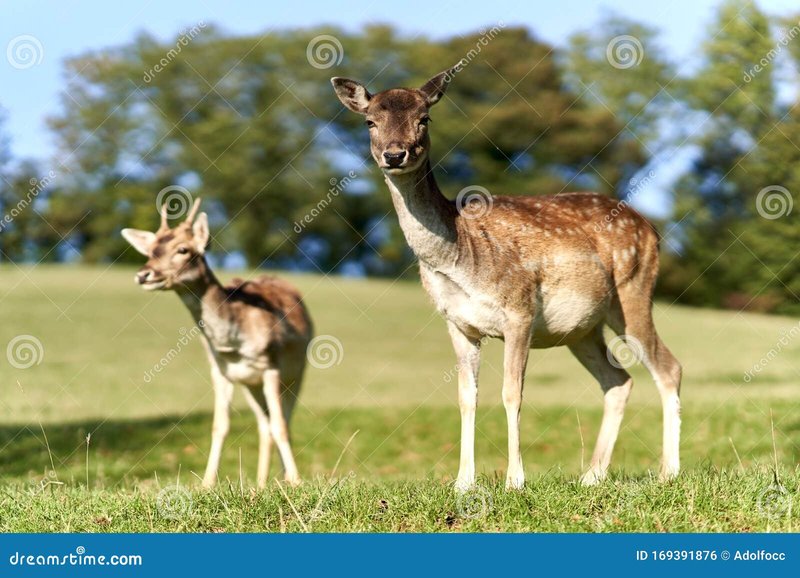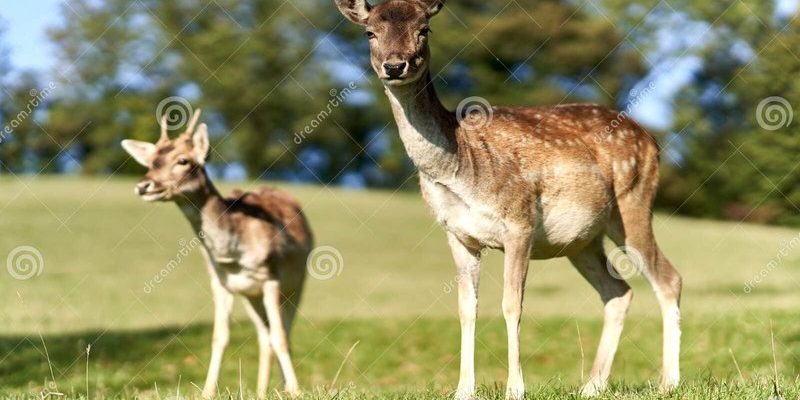
You might be wondering how these majestic creatures manage this, especially in a wild environment filled with predators and challenges. Let’s dive into the world of stags and explore how they nurture and protect their young, making sure they have the best chance at survival in the great outdoors.
Understanding the Role of Stags
Stags, or male deer, usually step into the role of protective guardians rather than caregivers in the strictest sense. In most deer species, it’s the females that handle the heavy lifting when it comes to raising the fawns. Stags are often seen as the strong, silent types, and they play a crucial role during the breeding season, marking their territory and showcasing their strength to attract mates.
Once the breeding season, or rut, is over, the stag may wander off, leaving the female to care for the young. Here’s the thing: while stags don’t play a direct role in rearing the young, their actions during mating season and the general atmosphere they create in their territory contribute significantly to the well-being of the next generation.
The Role of Does in Rearing Fawns
Let’s take a closer look at the does, or female deer. After mating, does go through a gestation period of about six to seven months, after which they give birth to one or sometimes two fawns. This is where the real nurturing begins. Typically, the does choose hidden spots to deliver their fawns—a bit like picking a cozy, secret spot.
After birth, the mother stays close, cleaning the fawn and encouraging it to stand and walk within hours. Honestly, it’s remarkable how instinct kicks in. Fawns are born with spots that provide natural camouflage, which helps keep them safe from predators. Does will frequently leave the fawns alone for short periods to forage for food, returning to nurse and protect their young.
Fawn Development: Milestones in the Wild
Fawns develop quickly, which is essential for their survival. In the first few weeks of life, their main job is to stay hidden and avoid danger. They can remain motionless for long periods, blending into their surroundings, which makes it hard for predators to spot them. Here’s where things get interesting: as they grow, fawns begin to explore their environment and learn vital skills.
During the first few months, they’ll follow their mothers closely, learning to graze and understand the world around them. Their diet transitions from just milk to grass and other vegetation. It’s kind of like a toddler learning to eat—first it’s pureed food, then off to the buffet! This gradual introduction to solid food helps prepare them for life once they become independent.
Protective Behaviors of Does
Mother deer exhibit a range of protective behaviors that are fascinating to observe. For instance, when they sense danger, does will often engage in specific alarm calls that warn their fawns to stay hidden. They’re like a smart alarm system, alerting their young to potential threats while also preparing to defend them if necessary.
Additionally, does will often remain vigilant, positioning themselves between the fawn and any approaching danger. If a predator gets too close, she might distract it by pretending to be injured to lead it away from her young. It’s a dramatic and risky move, but survival is the name of the game in the wild.
Stags and Territory: The Influence on Fawn Survival
While stags don’t actively participate in the nurturing of fawns, their territorial behavior plays a huge role in the overall well-being of their young. Strong stags are more likely to successfully defend their territory from rivals, which creates a safer environment for does and their fawns.
You might think of it as a protective bubble. The healthier the stag, the larger the territory they can hold, and the safer the area becomes for raising young. However, if a rival stag succeeds in taking over a territory, the new male may chase off the does and their fawns, which poses a serious threat.
Social Structures and Their Impact
Stags and does typically live in social groups, and these structures have a profound impact on how young are raised in the wild. In larger herds, does often band together to protect their young. When a group of does raises their fawns together, the young ones benefit from social learning.
This means fawns can observe and mimic their peers. They learn what to eat, how to respond to danger, and the best places to hide. Think of it like a preschool for deer—where they learn valuable skills in a safe environment.
Challenges Stags and Fawns Face
Raising young in the wild isn’t without its challenges. Predators such as wolves, coyotes, and even birds of prey see fawns as a delicacy. The first few months of life are critical; if they can survive this period, their chances of making it to adulthood are much greater.
Human encroachment also poses significant risks, from habitat destruction to vehicle collisions. Stags and does must adapt to these changes, often leading them to alter their behaviors and migratory patterns. It’s a tough world out there, and every instinct and learned behavior counts toward survival.
In the wild, stags play a vital yet indirect role in the raising of young deer. Their strength and territorial instincts help create safe spaces for does to nurture their fawns. The does, in turn, take on the bulk of the responsibility, nurturing and teaching the young ones essential survival skills.
As you can see, the dynamic between stags and their young is quite intricate—a balance of strength, protection, and instinct that shapes the lives of future generations. Understanding these interactions not only deepens our appreciation for these majestic creatures but also reminds us of the complex web of life that sustains our wildlife. Whether it’s in a forest, a park, or any natural space, the story of stags and their young continues to unfold every day, and it’s a tale worth sharing.

